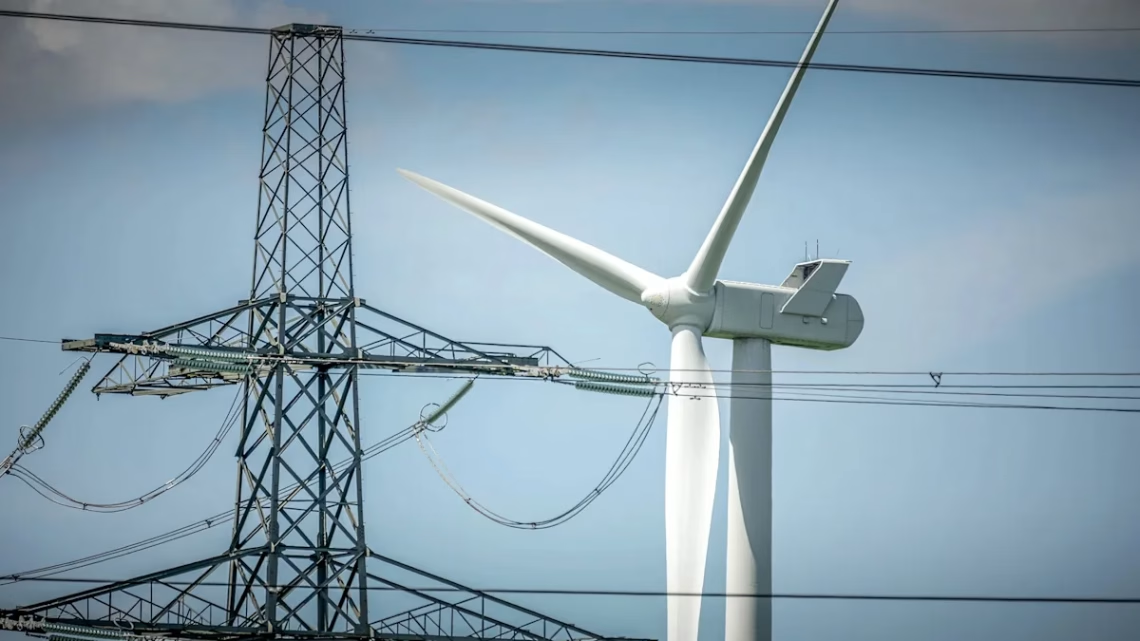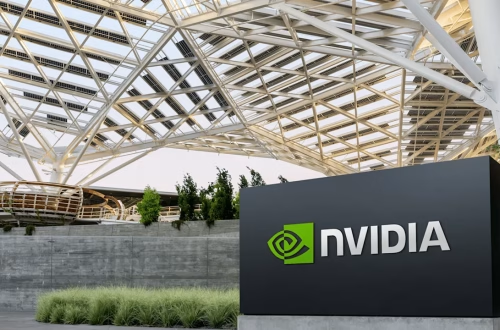Strategic Summary
Bitcoin miners like Core Scientific, Iris Energy, and Hut 8 are repurposing mining infrastructure for AI data centers amid post-halving profitability pressures. The April 2024 Bitcoin halving slashed mining rewards while energy costs soared, collapsing hashprice by 60% year-over-year. AI workloads now offer miners 25x higher revenue potential per megawatt compared to BTC mining, driving a $38B market opportunity according to VanEck analysts. This industrial pivot transforms miners into hybrid digital infrastructure providers serving high-performance computing (HPC) and generative AI sectors.
Operational Implications
- Prioritize energy infrastructure retrofitting for GPU compatibility – Implement immersion cooling systems to support high-density AI server racks
- Diversify revenue through AI hosting contracts – Secure long-term agreements with cloud providers to offset crypto volatility
- Evaluate capital restructuring options – $4.6B in recent industry convertible debt requires careful ROI analysis
- Monitor AI compute utilization rates – Bursty workload patterns demand different operational models than 24/7 mining operations
Industry Transition Analysis

Financial Drivers
The 2024 halving reduced block rewards to 3.125 BTC, compressing hashprice to $0.05/TH while electricity consumed 90% of operational costs. Simultaneously, AI’s compute requirements surged 35% quarterly since 2023, creating severe GPU shortages. Miners’ existing power contracts ($0.03-$0.05/kWh average), substation access, and permitted sites position them as turnkey AI infrastructure providers.
Technical Conversion Challenges
Transitioning requires:
- Power density upgrades from 30W/sqft (ASIC mining) to 150W+/sqft (GPU clusters)
- Liquid cooling retrofits costing $2.4M-$4.1M per MW
- Grid interconnect modifications for variable AI workloads
Leading Transition Projects
| Company | AI Capacity | Key Partners | Deployment Timeline |
|---|---|---|---|
| Core Scientific | 1.3 GW | CoreWeave ($10.2B contract) | 2025-2027 |
| Iris Energy | 200 MW | Microsoft ($9.7B contract) | Q4 2024 |
| Hut 8 | >100 MW | NVIDIA GPUaaS | Phased through 2026 |
Strategic Resources
- DOE High-Performance Computing Initiatives – Regulatory framework for energy-intensive computing facilities
- NVIDIA DGX System Specifications – Technical requirements for AI infrastructure
- VanEck Digital Assets Research – Mining to AI conversion revenue models
Critical Questions Addressed
- Why are miners diversifying into AI?
- Revenue per MW increases from $120k (mining) to $3M (AI hosting) justify infrastructure retrofitting costs.
- What technical challenges exist?
- Power density requirements and liquid cooling retrofits create $8-11M/MW conversion expenses.
- When will this transition impact BTC hash rate?
- Analysts project 15-22% hash rate reduction by Q2 2026 as miners repurpose facilities.
- Who leads in AI conversion capacity?
- Core Scientific commands 23% market share with 1.3GW infrastructure, followed by Iris Energy at 18%.
Expert Analysis
“This isn’t abandonment of crypto, but strategic infrastructure optimization,” notes Dr. Elena Torres, MIT Digital Economics Lab. “Miners are becoming computational arbitrage experts – allocating resources between SHA-256 mining and AI based on real-time energy markets and hardware efficiency thresholds. Their edge lies in dynamic load balancing capabilities that pure-play AI operators lack.”
SEO-Optimized Terminology
- Bitcoin mining infrastructure to AI data center conversion
- High-performance computing (HPC) revenue models
- Post-halving miner diversification strategies
- GPUaaS hosting economics
- Computational load arbitrage optimization
- Immersion cooling retrofits for AI servers
- Hybrid crypto/AI infrastructure ROI analysis
ORIGINAL SOURCE:
Source link





